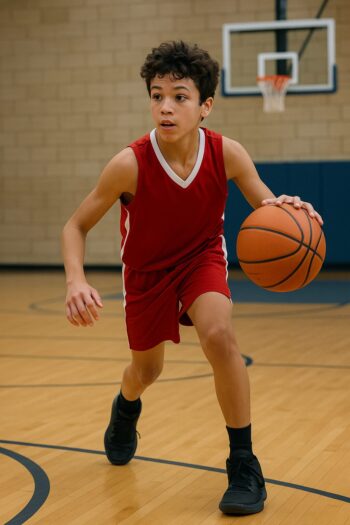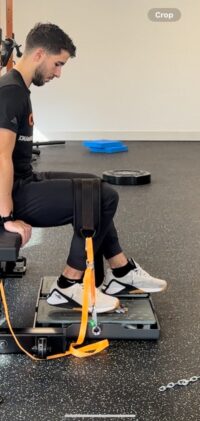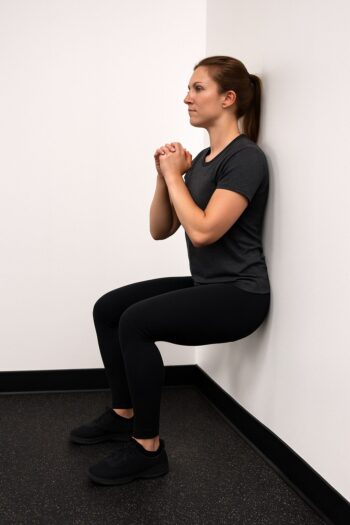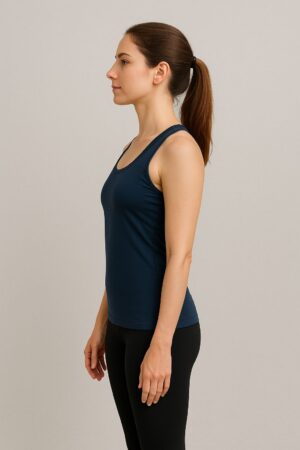It’s a tough time for Boston Celtics fans. Star forward Jayson Tatum ruptured his Achilles during the playoffs—effectively ending this season and possibly the next. But what’s even more concerning is that Tatum’s injury is not an isolated case—it’s part of a much larger and troubling trend in professional sports.
As a physical therapy practice focused on performance and injury prevention, we’re seeing patterns that mirror what’s happening in the NBA: young athletes are breaking down earlier than ever before.
Achilles Injuries Are Happening Earlier—and More Often
Tatum is only 27 years old, yet he suffered an injury typically reserved for players in their mid-to-late 30s. He’s now one of six NBA players to tear their Achilles this season—and five of them are still in their 20s:
- James Wiseman (24)
- Dejounte Murray (28)
- Dru Smith (27)
- Isaiah Jackson (23)
- Jayson Tatum (27)
- (Damian Lillard was the only exception, at a more expected age for this type of injury)
These numbers are highly unusual. Achilles tears and other serious injuries used to be far less common among young, elite athletes.
All-Star Absences Are Surging
In addition to the Achilles tears, six NBA All-Stars missed games due to injury in just the first two rounds of this year’s playoffs. For comparison, from 1995 to 1999, only four All-Stars missed time during the entire playoffs over that five-year span.
Even more alarming: since 2008, the rate of injury among NBA stars has increased fivefold.
What’s Causing This Spike?
The issue goes beyond just bad luck or harder training. According to NBA insiders and medical professionals, the answer often starts much earlier—in youth sports.
1. Year-Round Competition with No Off-Season
Many young athletes, especially in sports like basketball, participate in year-round leagues such as AAU. They may play 3–5 games in a single weekend, and their bodies never get a true off-season to recover.
2. Early Sports Specialization
Specializing in one sport too early limits the body’s movement diversity. This repetitive stress on the same joints, muscles, and tendons builds up over time, making injuries more likely. When athletes don’t cross-train or play other sports, they don’t develop the balanced resilience that helps protect them from breakdown.
3. Wear and Tear by Age 18
As a result of #’s 1 and 2 above, medical teams at the NBA combine have noted that 18-year-old prospects often show the wear and tear of much older veterans. This is not normal—and it highlights just how early these issues start.
What Can Be Done?
As physical therapists, we believe injury prevention starts long before an athlete turns pro. Here are a few key recommendations for youth athletes and their parents:
- Incorporate an off-season: The body needs time to recover, rebuild, and adapt.
- Delay sports specialization: Stick with multiple sports through at least middle school.
- Monitor playing volume: Be mindful of back-to-back tournaments and long weekends.
- Prioritize movement quality: Incorporate strength, mobility, and recovery work into training.
How Physical Therapy Can Help
At Cohen Health and Performance, our goal is to keep athletes healthy—both in the short and long term. We work with youth athletes, collegiate hopefuls, and even professionals to:
- Develop individualized injury-prevention programs
- Monitor physical load and movement patterns
- Guide athletes through proper recovery protocols
- Provide strength and conditioning support tailored to each athlete’s body
If you’re a youth athlete (or the parent of one) with dreams of playing in college or beyond, the time to act is now. Reducing the risk of injuries today can mean avoiding setbacks that derail your career tomorrow.
Want to learn more or schedule an evaluation? Contact us here. We’d love to help you stay healthy and strong for the long haul.





